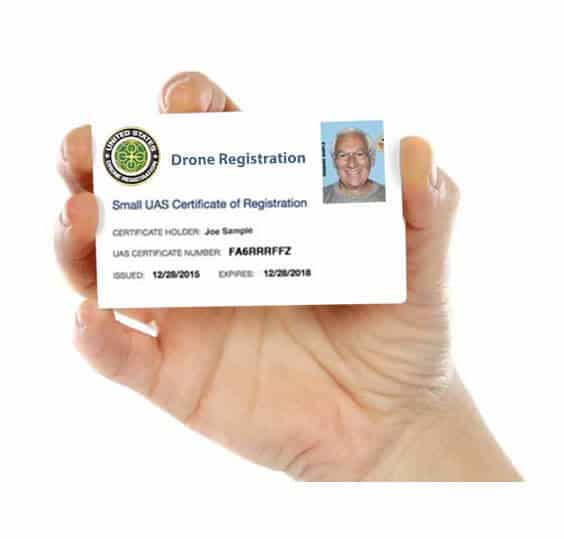
Non-Standard permissions are only given out to pilots whose work has a higher degree of risk. These permissions are required not only for anyone wishing to use a drone for commercial purposes but also to fly a UAV more than 400 feet above the ground and within a set distance of crowded areas.Ĭommercial drone permissions are divided into two categories: Standard and Non-Standard.Ī Standard Permission covers the vast majority of commercial uses, as well as anyone looking to fly past the boundary restrictions mentioned above. In the U.K., a commercial drone license, or permission as they are known here, is issued by the Civil Aviation Authority and valid for a 12-month period. Each certificate is valid for two years, at which point a pilot will have to pass another knowledge test. Commercial drone pilots should keep this certificate in an accessible place at all times when working with a drone or other UAS.

A printable remote pilot certificate will then be issued and emailed. Once a pilot has passed the test, they should complete FAA Form 8710-13 and register in the FAA IACRA system. Maintenance and preflight inspection procedures The impact of drugs and alcohol on flight ability The exam covers multiple subjects, including: To begin the certification process, a pilot must begin by creating an Integrated Airman Certification and Rating Application (IACRA) profile.įrom there, you’ll need to schedule an appointment with an FAA Knowledge Testing Center to take the Part 107 test. The physical and mental condition to fly a drone safely The ability to read, speak and write English The eligibility criteria to receive a Remote Pilot Certificate, include: Notably, drones must weigh less than 55 pounds, including payload and must be kept within the pilot’s visual line of sight and in Class G airspace. Other Part 107 rules specify the allowable weight of a UAV, as where your drone can go. Government users: Any drone pilots flying for a government entity such as fire department, police department, agency or similarĮstablishing which type of classification you fit under will allow you to understand the rules and regulations that are applicable - with hobbyists subject to a lower level of oversight than the other two categories.Ĭommercial drone pilots are subject to the FAA’s Small UAS Rule (Part 107) - which states that commercial pilots must hold a Remote Pilot Certificate and register their UAV with the FAA. Hobbyists: Includes drone pilots flying for recreational purposes Ĭommercial users: Pilots flying with the intent of generating commercial value In the U.S., the Federal Aviation Administration (FAA) is the governmental body that is responsible for regulating the national airspace, and classifies drone pilots into three categories: Potential subcategory A2 pilots also need to answer an additional 30 multiple-choice questions about subjects like mitigating ground risk.įor more information, we decode the new European drone regulations laid out by the European Union Aviation Safety Agency (EASA). Each test has 40 multiple-choice questions. From there, it’s on you to ensure your drone is properly insured in your country and take the test for your category. Notably, each country in the EU has its own NAA.

Once you’ve determined which category best describes your situation, you can begin the licensing process by registering with your area’s National Aviation Authority. For Certified category flights, both the drone and operator must have special licensing. In some cases, however, a pilot need only declare their intention to fly in advance. Drones covered in the Specific category require specific authorization before any given flight. The Specific and Certified categories, meanwhile, include drones and uses with a greater level of risk. This class of drones can only fly in an area where uninvolved people and buildings are outside of your visual line of sight, typically about 150 meters. However, only drones manufactured in 2021 or later are eligible.įor most commercial drones, Subcategory A3 rules apply. Subcategory A2 drones can fly within 30 horizontal meters of uninvolved people, and get as close as 5 meters if using the low-speed mode function. however past that there are subcategories based on the type of drone.

Open drones can’t fly over any “uninvolved people,” without exception The Open category covers most forms of commercial drone use. Starting in 2020, the EU and all its member nations divide drones into three distinct categories based on their weight and use.


 0 kommentar(er)
0 kommentar(er)
